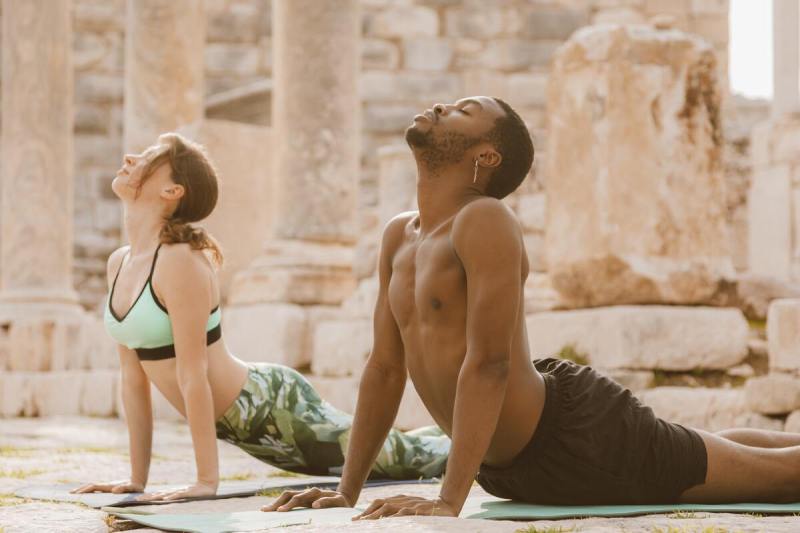
Do you find yourself planning to commit to a workout regimen, but you just don’t have the time? If this sounds familiar, you’re not alone, as many of us strive for optimal wellness but don’t always have time to incorporate exercise as a consistent part of the schedule. The bright side is that emerging research suggests that exercising as a weekend warrior can provide the same health benefits as daily workouts.
Going forward, we’ll discuss the potential benefits of this scheduling, the evolving scientific stance on this, and how to execute and optimize your weekend workouts.

What are the results of the study?
The results of this study suggest that engaging all your exercise over a one to two-day span can deliver the same cardioprotective benefits as working out every day throughout the week. The important takeaway of the study is intensity over frequency. You don’t have to focus on how often you work out, but rather, emphasize the magnitude of the workout.
The weekend warrior workout was associated with positive cardiovascular outcomes such as reduced risk of heart attacks and strokes, as well as decreased risk of atrial fibrillation and heart failure. Exercising on just Saturday and Sunday generated protective effects that are on par with doing a full-week workout. These benefits result from exercising for at least 150 minutes of moderate to vigorous activity.

How does this compare to other studies?
The concept of the weekend warrior has been met with support, opposition, and inconclusive stances. Many deem any action that keeps the body moving as sufficient for combatting health risks.
Recent safety concerns have sparked regarding weekend workouts and increased musculoskeletal injuries. Damages to the hands and wrists, as well as the shoulders and elbows, are higher because the body isn’t adequately conditioned for rigorous work. Alternating between sedentary life throughout the week and inconsistent exercise over the weekend can lead to overuse and physical demands the body is unaccustomed to, resulting in injuries subject to delayed presentation after progressing because the muscles aren’t consistently activated.
The emerging results are consistent with research studies from 2018, suggesting that two-day workouts can yield the same impact as daily workouts, with weekend workouts linked to a 30% reduction in risk of all-cause mortality. However, this differs slightly from other studies that concluded both the intensity and volume of activity are important to health outcomes. Cardiorespiratory fitness is likely to be protected and enhanced by a greater volume and intensity of your workouts, but any activity is better than none, so weekend workouts can still be beneficial.
Vigorous exercise done intermittently has been deemed suitable physical activity for individuals who aren’t able to exercise more regularly. The consensus on exercise is that 150 to 300 minutes of moderate activity or 75 to 150 minutes of vigorous activity should be sufficient. We’ll go forward with fitness tips to maximize the quality of the time you spend.

Tips on how to maximize your workouts with less time
Focus on cardio
Cardioprotective effects seem to be the hallmark of the weekend warrior, so you’ll want to ease into cardio workouts. With limited time you want to make sure you target your heart and support your heart rate and endurance, so opt for swimming or cycling. Turn your 20-minute stroll into ten minutes of brisk walking, and this can reduce cardiovascular risk factors.
Stretch daily
To avoid musculoskeletal injuries, stretch and move your muscles. Do adequate warm-ups before engaging in your weekend regimen, and make sure to keep active during the week. Stretching before bed, or running in place for five minutes in front of your office desk, can help your physical condition.
Progress each weekend
Once you’ve perfected your form and technique, go forward with progressive overload. Advance in your regimen by doing more reps and more sets and increasing resistance. As a weekend warrior, you’ll want to amp up your workouts over the course of the weekends to maintain strength and avoid plateauing.
Higher-intensity workouts
Considering greater intensity has a role in bolstering your heart health, adding high-intensity training to your regimen can maximize how you spend your time. As you advance, you may use at least 45 minutes of HIIT as a good bulk of your workout time. Some high-intensity workouts that can be done at home include Russian twists, burpees, and mountain climbers.



